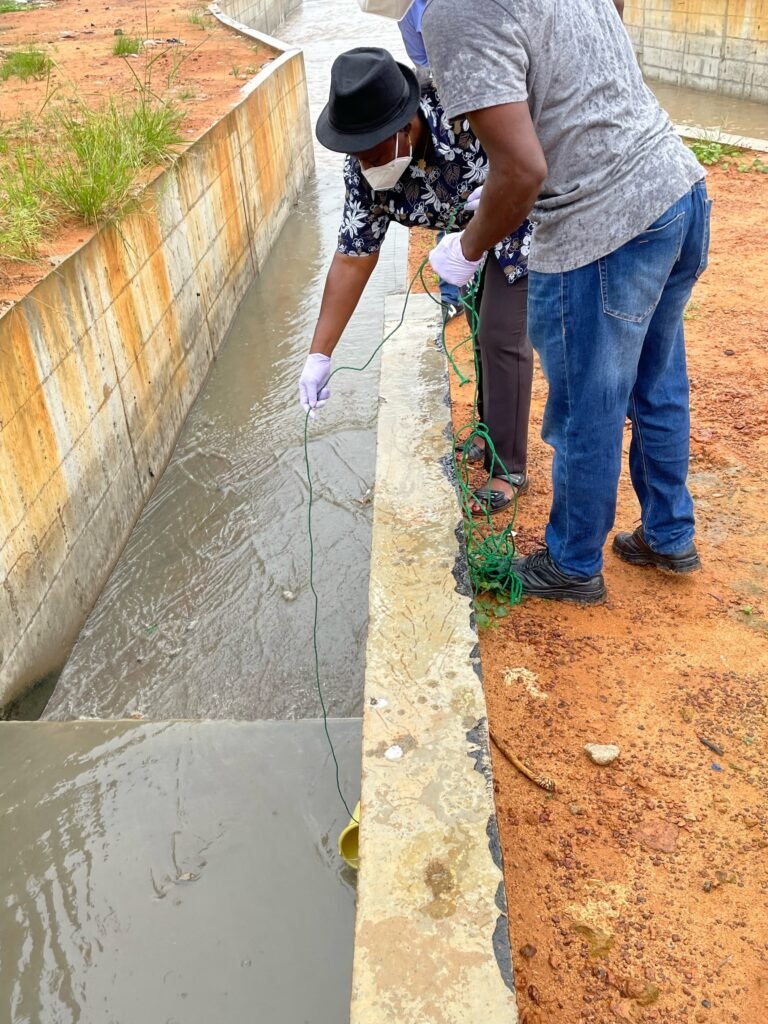Wastewater surveillance has emerged as a powerful tool in tracking outbreaks and monitoring public health in communities. In wealthier countries like the United States, sewer networks provide a steady flow of samples that can reveal important insights into the population’s health. However, this method is limited to areas with modern plumbing infrastructure, leaving many regions without access to this valuable resource.
In a recent study published in PLOS Water, researchers from Tufts University explored the feasibility of wastewater testing in areas without traditional sewer systems. The study focused on two high-risk locations in Côte d’Ivoire, West Africa, where open wastewater channels and water used for cleaning poultry were sampled and tested for SARS-CoV-2 and influenza A viruses. The results showed promising signs of disease detection, highlighting the potential for wastewater surveillance in low-resource settings.
Daniele Lantagne, a research professor at the Feinstein International Center at the Friedman School, emphasized the importance of making wastewater surveillance more accessible. Infectious diseases can easily cross borders, making early detection crucial in preventing outbreaks. By expanding the reach of wastewater testing to regions without modern plumbing, we can strengthen global public health efforts and better prepare for future pandemics.
The study demonstrated that with proper training and local collaboration, wastewater surveillance can be effective even in areas with limited infrastructure. Detecting diseases like Lassa fever, which often go undetected due to misdiagnosis, could greatly benefit from the use of wastewater testing. Despite challenges such as funding cuts, researchers remain optimistic about the potential of this technology to track and monitor disease spread in underserved communities.
Moving forward, it is essential to continue exploring the capabilities of wastewater testing and identify where it can have the most impact. By leveraging this noninvasive and real-time method of monitoring public health, we can enhance our ability to detect and respond to emerging threats, ultimately safeguarding global health security.


